I’m a good auctioneer.
I’m a rockstar at Fund-A-Need auctions.
I’m a fundraising ace.
I’m also a top-notch sales woman.
Did you just get the heebie jeebies?
Many people hate sales, but not me. Today, I want to share my secrets for a successful initial client call. Over the years I have developed a method for conducting these calls that helps me land the jobs I want, ninety percent of the time.
This initial call is part informational and 100% a sales call. These forty-five minutes are how we make the choice to work together.
People get in touch with me in all sorts of ways, but most often they reach out through a form on my website. Each time this form is filled out, I get an email with the person’s contact information.
As soon as I can, I take some time to look up the organization. I’m looking for a couple things here: who they are, what they do, and whether I can get behind their message. I only proceed with nonprofits whose mission I can get behind. If the nonprofit’s mission is something I cannot connect with, I politely decline.
I also spend some time researching the nonprofit’s past events. I’ll look at pictures and read over any information available about the event. I’m looking for details here. Seating arrangements, how people are dressed, major philanthropists in attendance, the timing of the event. But most importantly, I’m looking to see if people are paying attention. All these seemingly minor details can give me a ton of information about an event before we even hop on the phone.
At this point, my trusty assistant emails the organization with links to schedule a call and download a worksheet. The worksheet asks questions about the nonprofit’s most recent Fund-A-Need event so that I can better gauge how much room for growth the event has.
When it’s time for our chat, here’s how it typically goes
We hop on the call and jump right into a discussion of the upcoming event. Because I do my research ahead of time, there’s no need to spend time explaining the story of the nonprofit, their mission, and their past events. I’m maximizing time here by getting straight to the stuff that counts. Also, I’m beginning the process of building trust, based on the fact that I took the time to do my research.
I’ll ask for information on the upcoming event, typically based on data from previous years.
- How many people?
- How many revenue streams?
- What kind of revenue streams?
- Have you used a professional auctioneer before? If so, who?
These questions help me understand a few things:
- Does the nonprofit know what it needs and what it wants from this event? Hint: Often, these are two different things.
- Are they clear on why they haven’t been reaching their fundraising goals?
Then, we go over the worksheet and talk about what can be expected from the event, in terms of REAL fundraising growth.
My secret to winning all the clients I want is honestly.
I am always honest when giving advice on how to increase fundraising at events. If there is money left in the room, as oftentimes there is, I’ll say so. But, if the nonprofit in question is already achieving 70-80% participation during the Fund-A-Need, then I’m very honest about how we need to set realistic expectations in terms of fundraising. There’s just not a ton of money left in a room with that kind of participation.
At this point of the call, the client usually asks a ton of questions about how I work, how much I cost, what’s included, etc.
But what I think is most important is how I end the call. I talk a lot about feelings.
The nonprofit world is filled with women. As a woman, as a mom, as a former nonprofit employee, I talk about how I want to feel about the working relationship. Fundraising is a touchy-feely business. Donors give because of how we make them feel. How people feel is important.
Coming off of that first call I want my clients to feel like they can trust me, more than any other auctioneer, to do what’s best for them. To achieve this, I always tell potential clients exactly what I think. If they have a question, I give them the answer for free. I won’t give them step-by-step instructions, but I’ll tell them the solution to their problem and make a few recommendations.
Many auctioneers guard their secrets, but I don’t. I know a very well-known auctioneer who starts all of his calls by asking his clients to tell him about their organization. When you’re on the phone with me, the entire call is spent on your event. I want to take the time to really dig deep and see if I can help, because sometimes I can’t. Some people advertise a free consultation, but what that really means is you’ll explain your organization and event and the auctioneer will give you a sales pitch.
I really do provide a free consultation because my main goal is not to sell you on my service, I want to help you raise more money. I want to help you make the world a better place. For me, it’s about helping the organization first.
My business model is based on transparency. I want all nonprofits to succeed, even if they can’t afford me. You can find all of my secrets online for free, if you look. I am often on the phone answering questions and talking about fundraising longer with nonprofits who can’t afford to hire me, because I believe in the work.
I recently spoke to a client who was looking to increase their fundraising at their yearly gala. The way this event is structured, it functions more as a very expensive promotional event than a fundraiser.
They have a handful of speakers, a couple of honorees, auctions, and a Fund-A-Need to round out the evening. Their event is in NYC, on a Tuesday night. Most of their donors have to get up for work in the morning, so there’s no guaranteeing they’re going to stay long enough to even see the Fund-A-Need.
I suggested very plainly that they move the Fund-A-Need up in the program, placing it right after their opening speaker. This way, I’ve got the money early and it doesn’t matter what time people leave.
The event is a couple months away (at the time of writing) and I think they’ll be pleasantly surprised by what we’re able to accomplish with this single change.


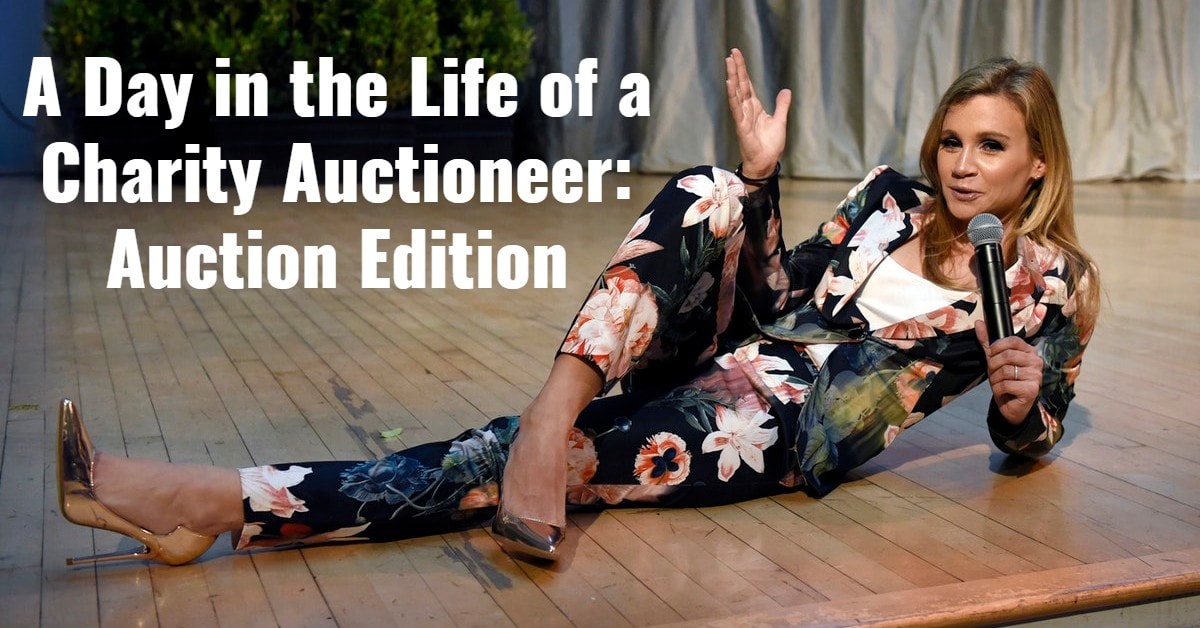
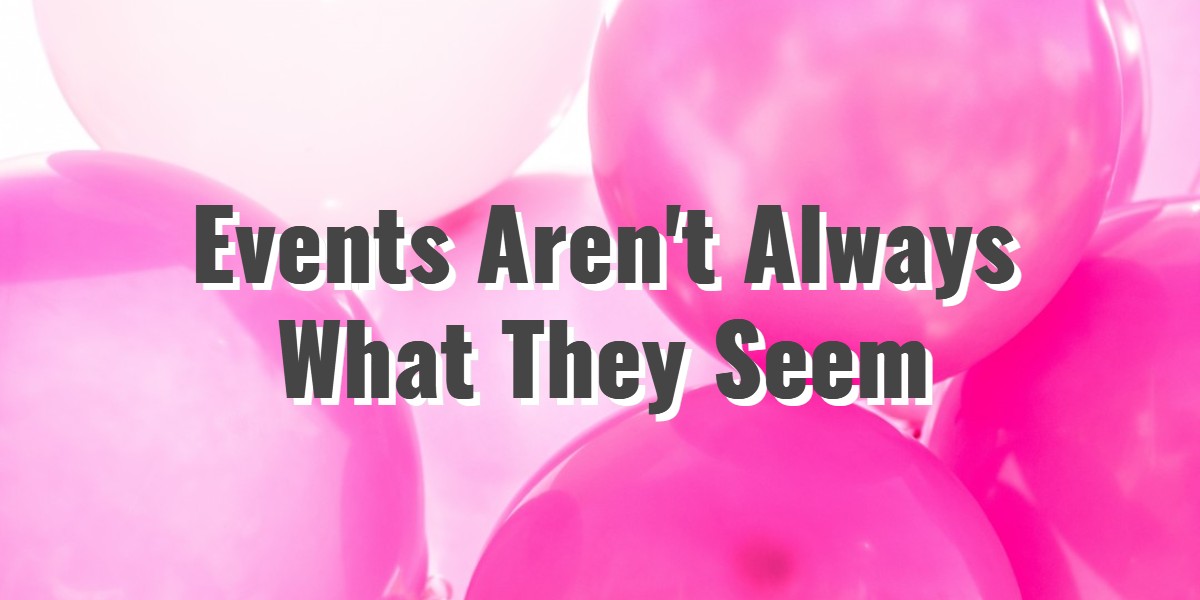



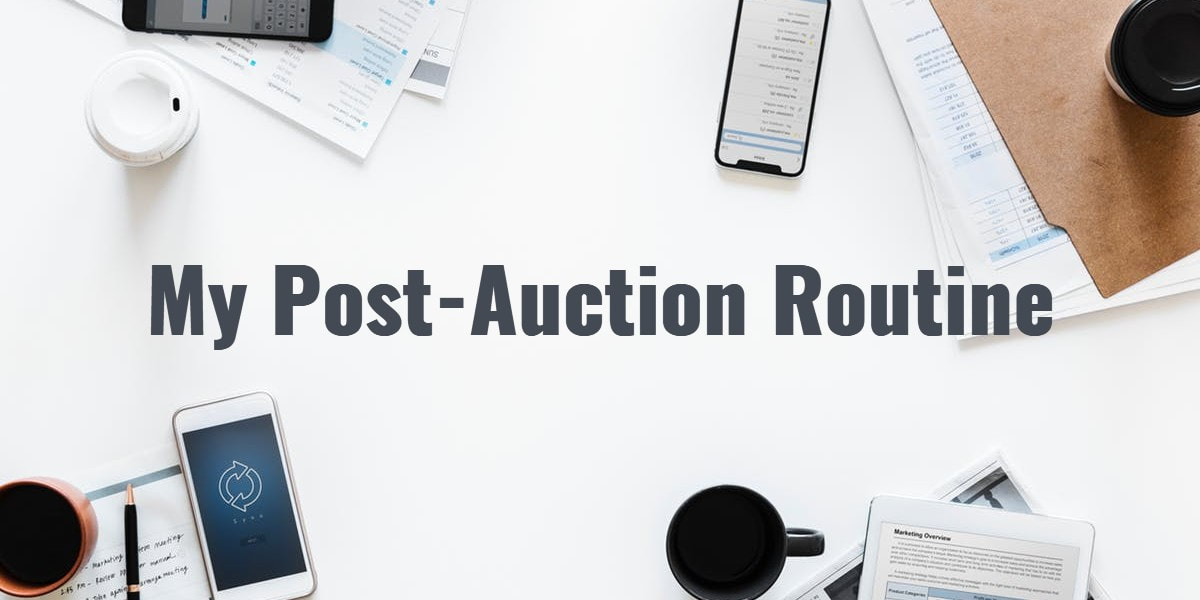
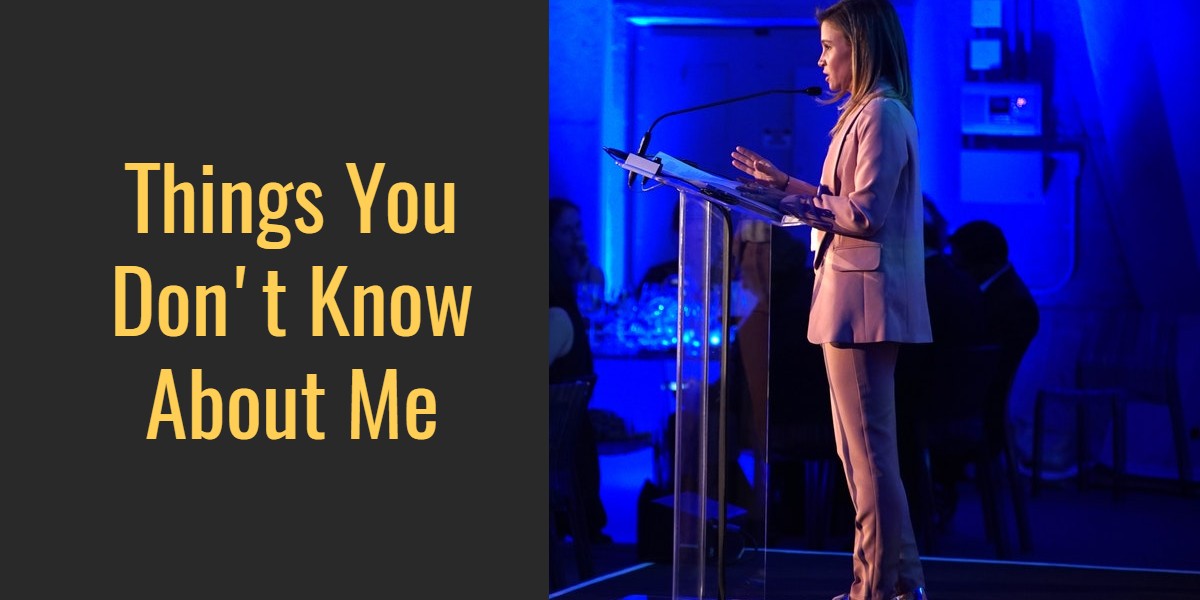
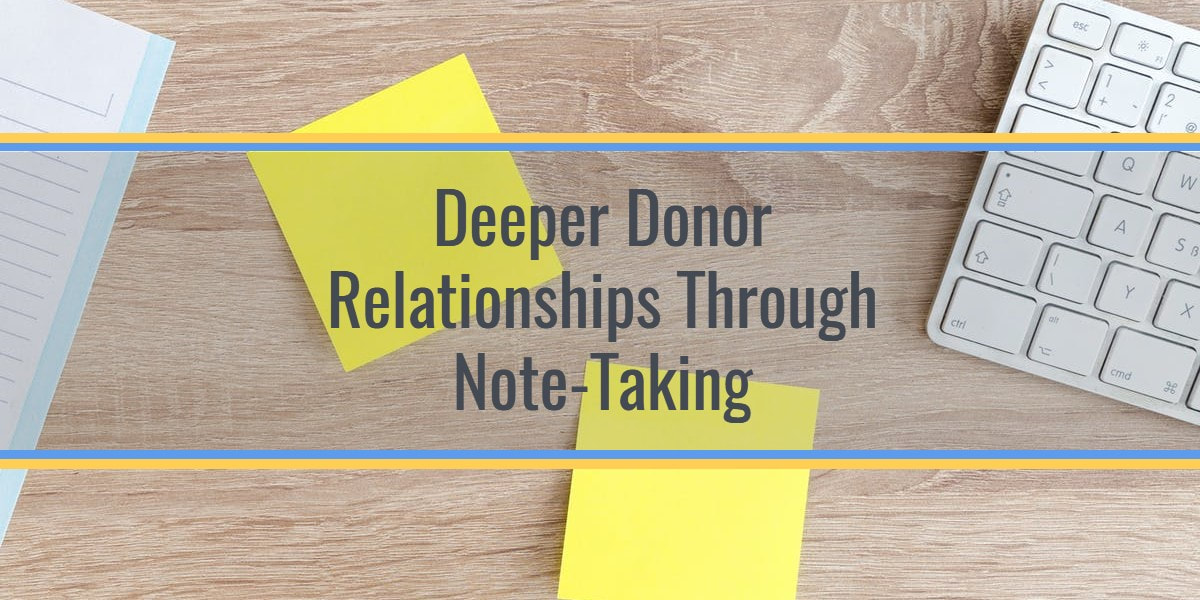
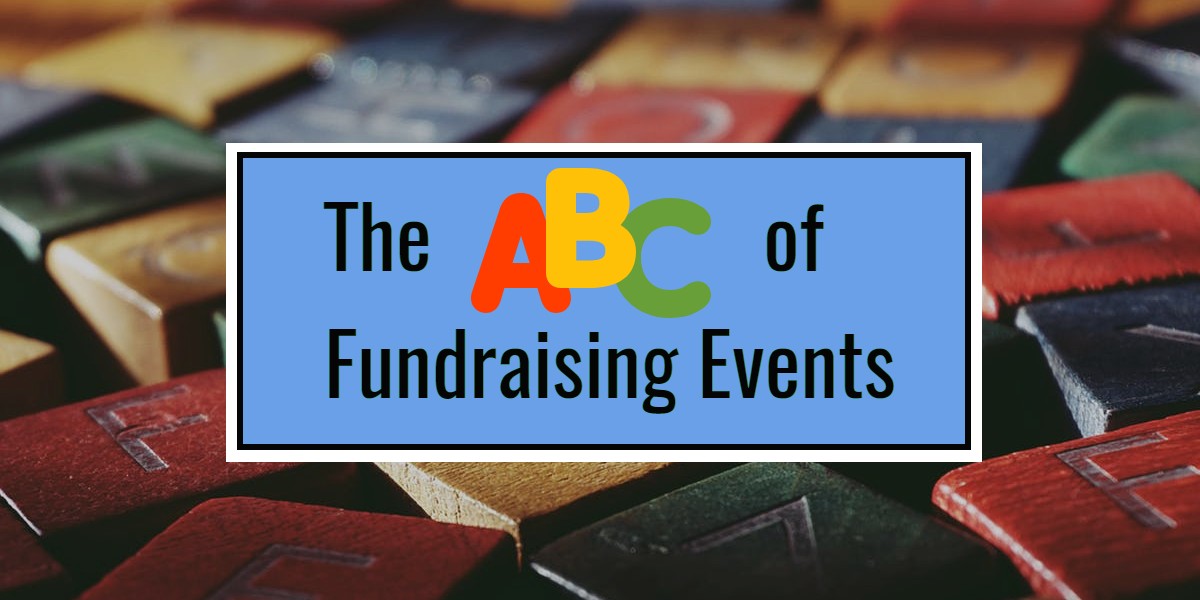
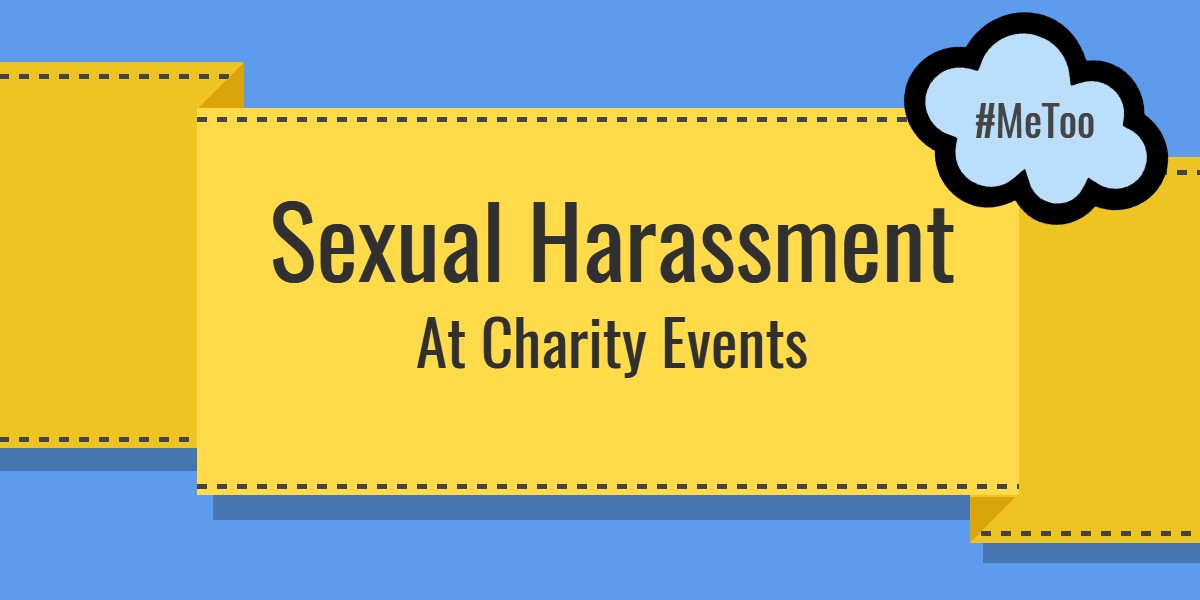
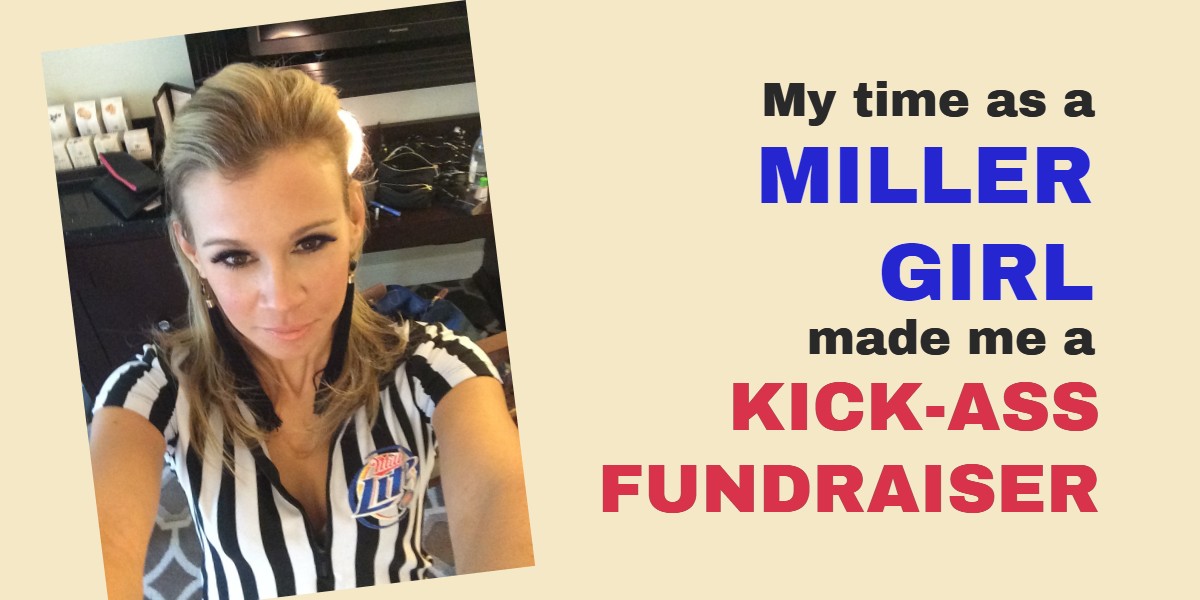
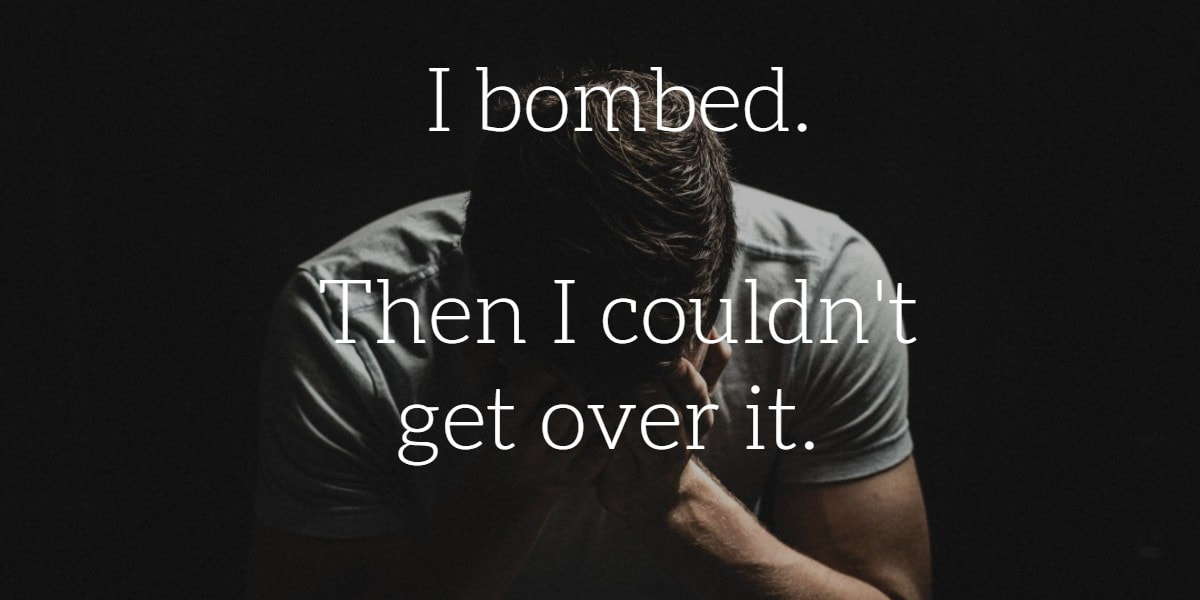
 RSS Feed
RSS Feed